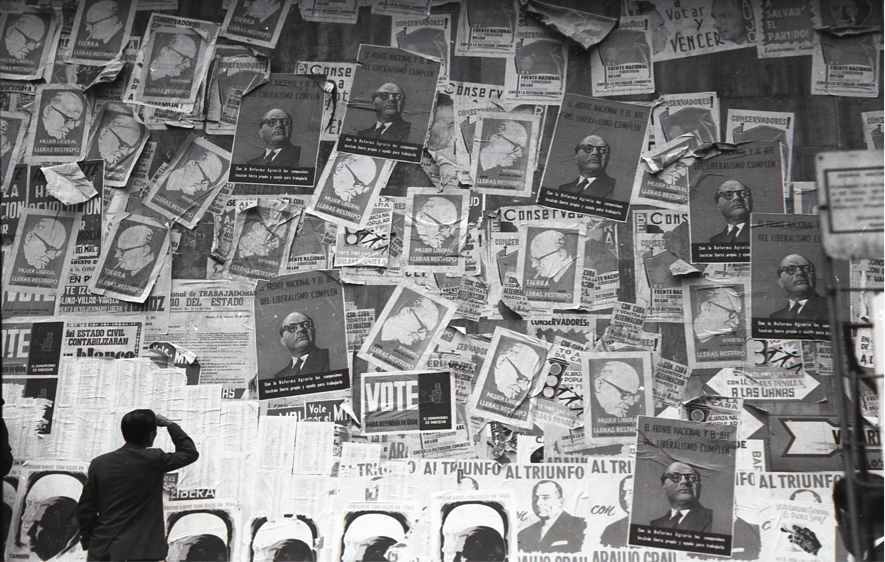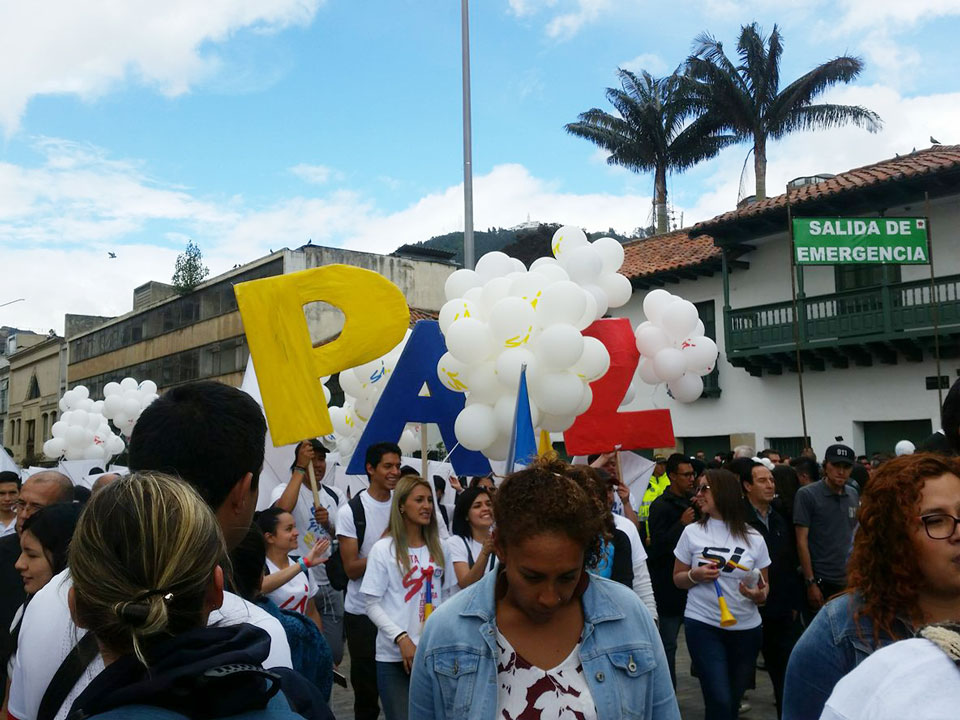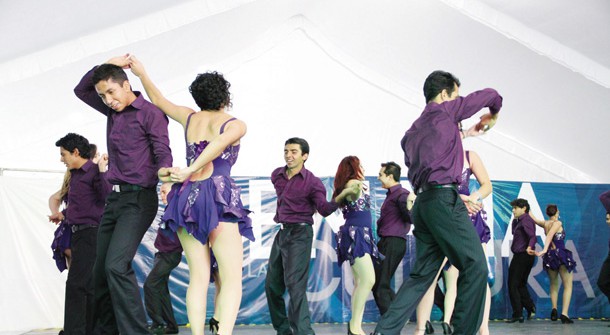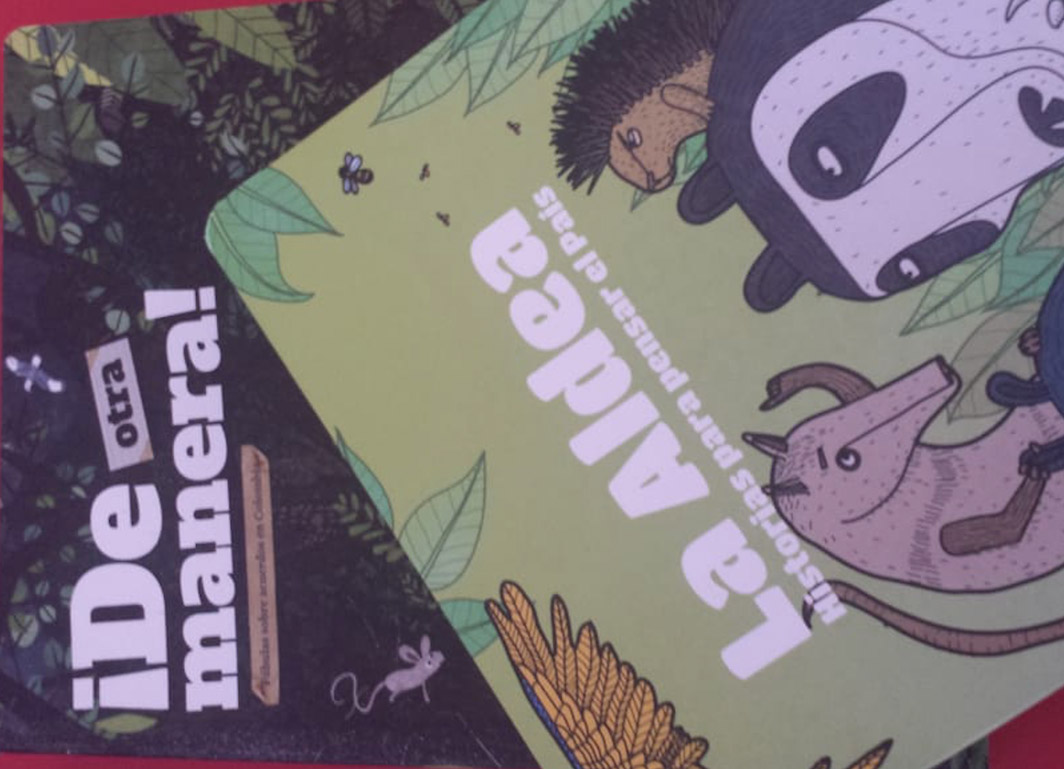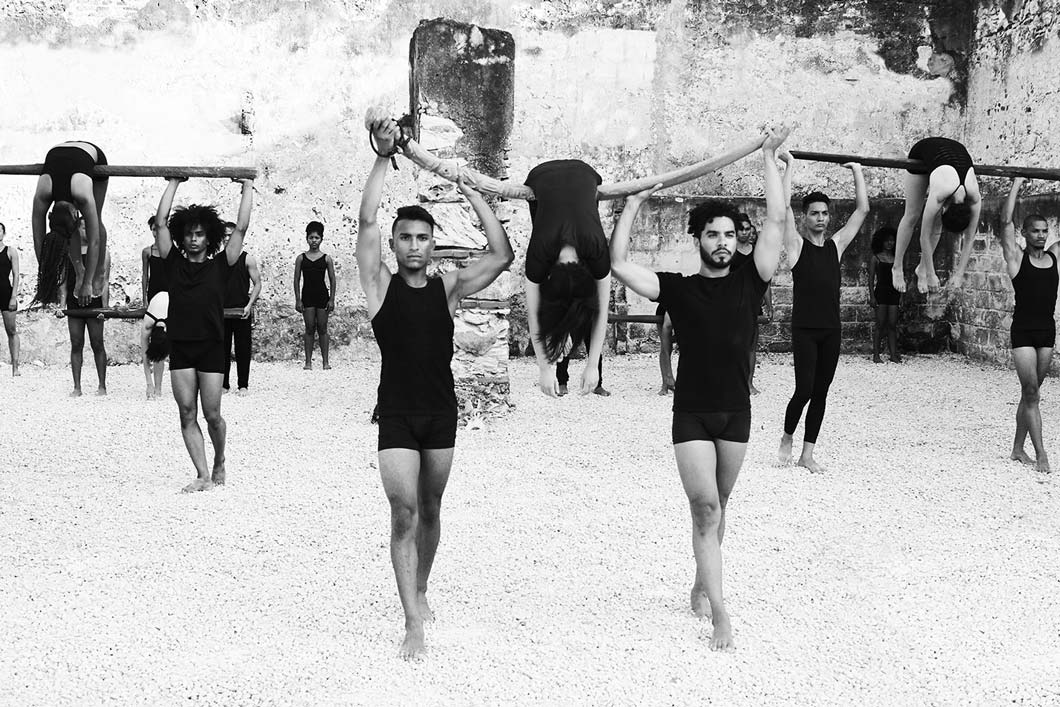
Photos: Ruven Afanador
The Bogotá Post went behind the scenes during one of the final rehearsals of what choreographer and educator Álvaro Restrepo, director of el Colegio del Cuerpo (eCdC) calls a “choreographic oratory” to pay homage to the Colombian peace process. The dance/theatre piece sacrifiXio: la consagración de la Paz premiered yesterday night at the Teatro Mayor Julio Mario Santodomingo.
Restrepo took a few moments to talk to us about sacrifiXio. He told us he could not account for the process that lead him to include the letter X in the title ‘sacrifice’, but he thinks it is related, in a way, to the difficult path we Colombians are walking to achieve reconciliation. As he sees it, the X represents the difficulty in what is an unprecedented opportunity to unite around peace.
Related: Interview: Colegio del Cuerpo founder Alvaro Restrepo
It is a real shame there are only two performances of this incredible show, featuring 20 dancers from Cartagena-based eCdC under the direction of Marie France Delieuvin, the school’s French associate choreographer and co-director. The power on stage is hardly surprising, given the power behind it: Mexican composer, Samuel Zyman; 28 voices from the choir of the Colombian Opera under the direction of Luis Díaz Herodier; Mexican percussion ensemble TAMBUCO; pianist Duane Corchan; and musical direction by Adrián Chamorro.
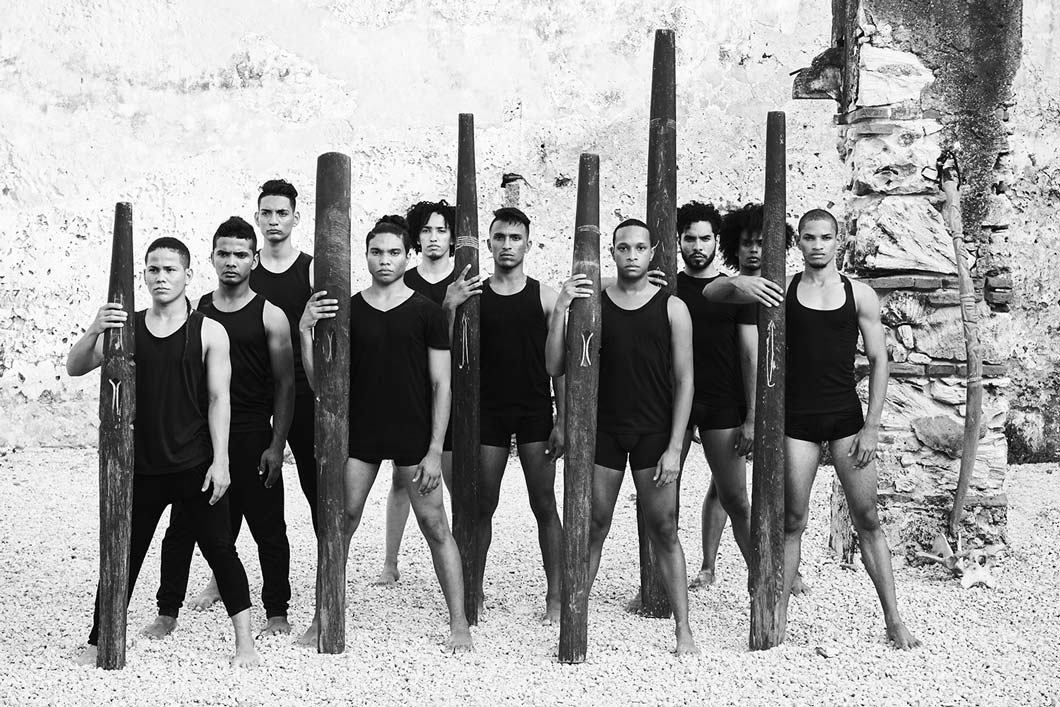
Photo: Ruven Afanador
The Colombian choreographer based this piece on the revolutionary work of Russian composer Igor Stravinsky, The Rite of Spring. Restrepo commissioned the creation of a completely new, non-orchestral version of Stravinsky’s work for a choir of voices and percussion.
Stravinsky’s two original movements were titled The Adoration of the Earth, and The Sacrifice. Restrepo’s interpretation of the former is the obsession with land, leading to dispossession and war. He contrasts the male energy of the first movement with female energy in the second. We were able to see the combination of both energies on stage with the sounds of drums and marimba de chonta on the background, a very clear and quick journey to the Colombian Pacific.
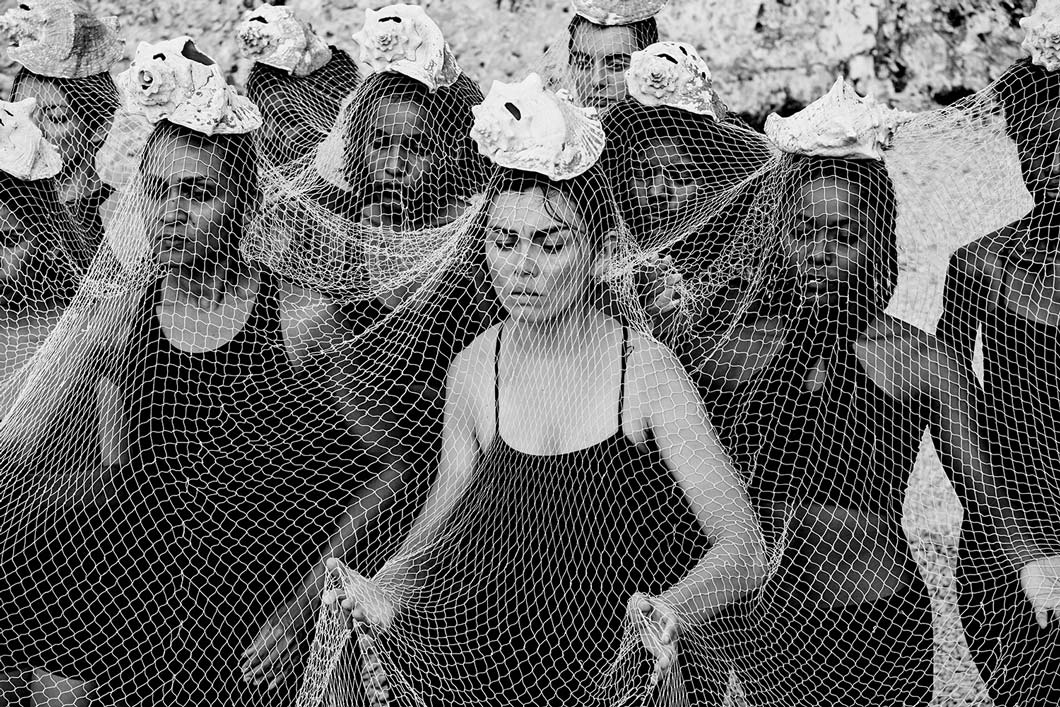
Photo: Ruven Afanador
Restrepo is convinced artists need to make their voices heard and to use art to contribute to peace. He believes the country has not yet been moved collectively, the country has not cried nor has it mourned. The grief of the victims needs to become the grief of the country; all of these events, he says, help to expand the face of grief, and he hopes we can react to them.
Through art, he says we can go beyond the flesh and blood and connect to other dimensions of our existence, to be reborn. He quotes the Venezuelan conductor, José Antonio Abreu, who said the most dramatic shape of poverty is not having access to art. For Restrepo, giving all communities the possibility to be close to art, particularly high art, is of the highest importance.
Tonight (July 7) is your last opportunity to catch the performance, a co-production of the Colombian Ministry of Culture, the Instituto Nacional de Bellas Artes and the Festival Internacional Cervantino of Mexico.

